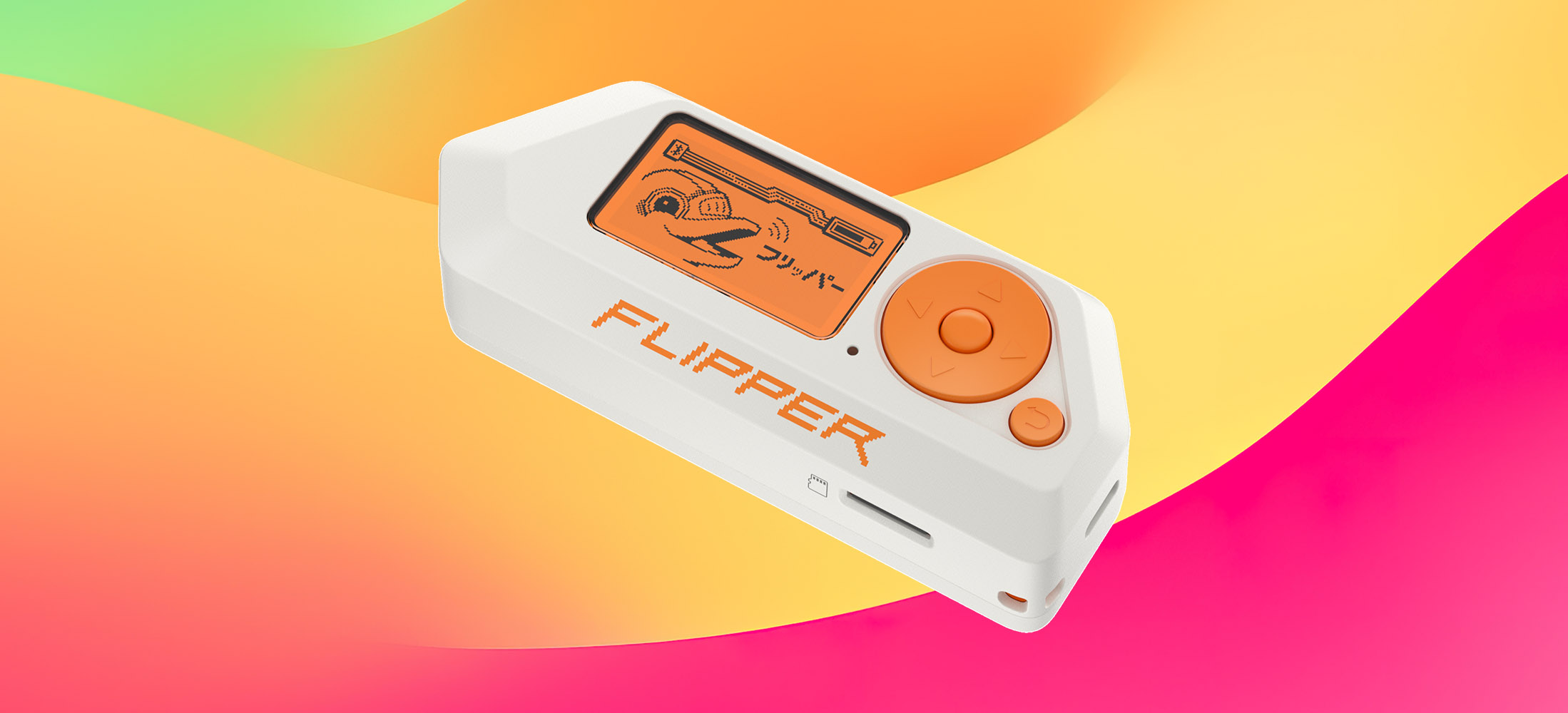In recent days, a burgeoning threat has come to light which exploits Apple’s innovative Bluetooth technologies. This threat, demonstrated by security researchers, uses a relatively inexpensive hacking device, the Flipper Zero, to spam iPhone users with ceaseless Bluetooth pop-ups, sometimes rendering the devices almost inoperable.

The Threat
The Flipper Zero, a small, programmable device capable of controlling various radio protocols, has been weaponized by hackers to disrupt the user experience on Apple devices. The crux of this threat revolves around sending consistent Bluetooth Advertisements, signals that allow devices to announce their presence and capabilities, such as connecting to other Apple devices or sharing photos via AirDrop.
When altered, the Flipper Zero mimics official Bluetooth accessories like Apple AirPods, which then causes iPhones and iPads within its vicinity to consistently receive pop-up notifications to connect. This relentless barrage of pop-ups, akin to a “Bluetooth advertising assault”, can make it near-impossible for users to operate their devices.
TechCrunch, an influential tech outlet, not only corroborated these claims but also went a step further. They successfully tested this exploit on multiple iPhone models, proving its efficacy and raising questions about the robustness of Apple’s current security protocols.
Implications
The implications of such an exploit are manifold. Not only does it result in a severely diminished user experience, but in some instances, the device becomes practically unusable. If employed with malicious intent, hackers could potentially exploit this vulnerability for more nefarious purposes beyond mere annoyance.
At the Def Con 2023 hacking conference, a similar device was used to spam alerts on iPhones. A security expert known as Anthony even hinted at a more potent attack, one that could span “thousands of feet” using an amplified board, though specifics remain undisclosed due to the potential for misuse.
Preventive Measures
As of now, the only surefire way to negate this exploit is to manually turn off Bluetooth from the iPhone’s settings. However, doing so disrupts the connection with other paired devices, making it an impractical solution in the long run.
Security researchers propose two primary preventative measures:
- Device Validation: Apple can bolster its defense mechanisms by ensuring only genuine and verified Bluetooth devices can connect to an iPhone.
- Limiting Bluetooth Range: Reducing the distance at which Apple devices can connect with other Bluetooth-enabled devices could significantly mitigate the risk of unauthorized connections.
Apple’s Response
Despite the evident urgency of the situation, Apple has yet to officially comment on the issue or provide users with a solution. The tech giant’s silence raises questions about its approach to device security and user experience, especially considering the widespread adoption of its products.
Conclusion
While innovations in technology can usher in unparalleled conveniences, they are not without their pitfalls. This recent vulnerability in iPhones serves as a stark reminder that even the most established tech giants can have oversights. Until a more permanent solution is in place, users are urged to remain vigilant and exercise caution with their Bluetooth settings.